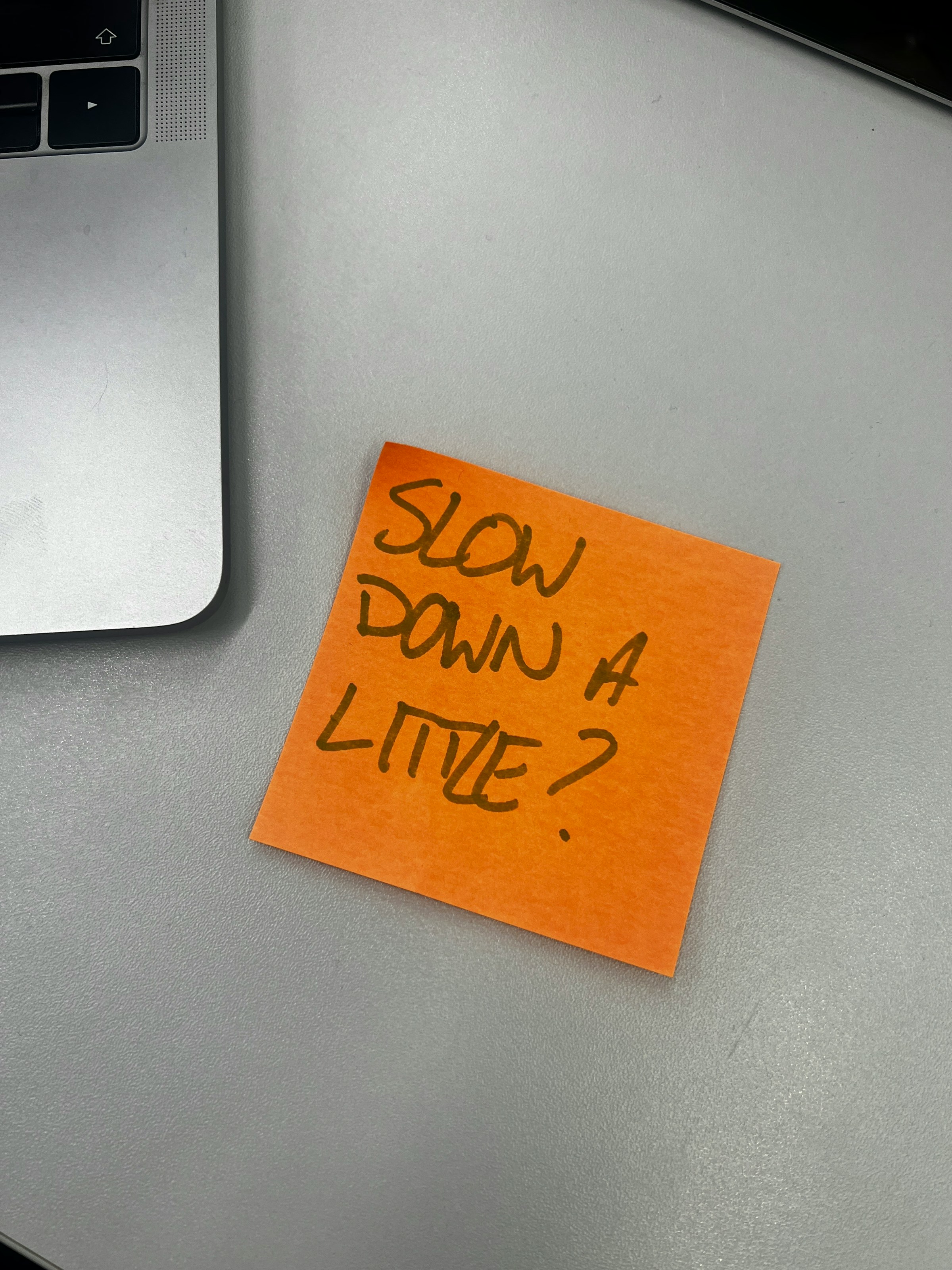

When a Leader's Emotional Blindness Wears Out the Team
Emotions set the tone in all human relationships -- even at work. Whether we're talking about excitement, frustration, unease or pride, they color the collaboration, culture, and motivation of an organization. And no one has a greater influence on this climate than the leader.
When leaders lack the ability to understand, regulate, and respond to their own and others' emotions, a quiet stress arises in the team. Over time, it contributes to humans shutting themselves in, pushing themselves too far and eventually burning out.
This is where emotional intelligence -- EI -- comes in. Not as a “soft ornament” in the leadership role, but as the very foundation of sustainable management.
What is emotional intelligence and why is it critical in leadership?
Daniel Goleman, one of the foremost researchers in the field, describes emotional intelligence as a collection of skills that can be developed over time. He divides EI into five main areas:
1. Self-awareness Understand your own emotions and how they affect your actions.
2. Self-regulation — the ability to manage impulses, unrest and emotional reactions.
3. Motivation — inner drive that is not only controlled by external reward.
4. Empathy — the ability to understand and insert oneself into the perspective of others.
5. Social skills — to build relationships, manage conflicts and communicate effectively.
Goleman's research shows that leaders with high EI create stronger results over time, and at the same time higher levels of commitment, trust and loyalty in their teams.
When low EI leads to burnout in the team
A leader who doesn't read emotional cues doesn't just overlook people's needs—they also create an environment where it's not safe to show vulnerability. And when it's not safe to speak up, people silently ask for help -- until it's too late.
Signs of low EI in managers can be:
- Failure to recognize stress or strain in the team
- Reactive and controlling communication
- Low level of feedback and dialogue
- Little ability to adapt to different needs and personalities
Such environments contribute to employees bearing the burdens alone. When psychological reassurance is lacking, burnout becomes a real risk.
Example from practice:
From control to contact
An experienced project manager in industry had the reputation of being “efficient but cold.” Co-workers delivered but were tired and distanced. Following feedback through a 360 feedback program, he began to work actively on emotional awareness. He started with brief moments of reflection after demanding meetings, began asking for feedback on his own behavior, and practiced asking more open-ended questions.
Half a year later, measurements showed increased psychological peace of mind, fewer sick leave notices and higher well-being in the team. The biggest change? The manager had gone from “managing the team” to watching the team.
How to develop emotional intelligence as a leader?
Concrete tools and exercises
1. Emotion Journal (3—5 minutes daily)
Take note of one situation that affected you emotionally. What did you feel? What triggered it? How did you react? What could you have done differently?
➤ Trains self-awareness and self-regulation.
2. Team feedback round (monthly)
Let everyone say something about: What has worked well in our cooperation? What can we improve? How is support from me perceived as a leader?
➤ Strengthens empathy and builds psychological security.
3. Colleague guidance or reflection partners
Share a challenge with a colleague and have them ask open-ended questions that will make you think deeper.
➤ Trains self-awareness and gives new perspectives.
4. Breathe and pause before action
Count slowly to five before responding in demanding situations. This simple grip allows you to respond instead of react.
➤ Strengthens self-regulation and relational prudence.
5. Use of emotional language in meetings
Model reassurance by saying things like, “I got a little insecure now” or “This engages me properly.”
➤ Make it easier for others to be honest and open.
Reflection questions for you as a leader:
About yourself:
What situations often cause me to react strongly — and why?
What emotions do I avoid showing as a leader — and what do I fear it will lead to?
About your team:
What kind of climate do I create around me — is there room for uncertainty and vulnerability?
• How do I deal with emotional cues such as frustration, unease, or silence in the team?
About development:
What could I have done differently the last time someone in my team showed signs of overload?
• Who can I invite to give me honest feedback on my behavior?
Security is created in presence, not control
Leaders with high emotional intelligence are not always the most outgoing, charismatic or technically brilliant. But they have one thing in common: They are present -- in themselves, in their relationships, and in the emotional landscape around them.
At a time when burnout is a growing challenge, these are leaders we need more of. Not to be kind, but to be wise. To be sustainable. To be people that others dare to follow.
Do you want to strengthen your emotional intelligence in practice?
A good place to start is to make it safe to be real — both for you and for your team. Next time you feel pressured, try to put it into words. It could be the start of a new kind of leadership — and a healthier work environment.
References:
Edmondson, A. (2019). The Fearless Organization: Creating Psychological Safety in the Workplace for Learning, Innovation, and Growth.
Wiley.Goleman, D. (1995). Emotional Intelligence: Why It Can Matter More Than IQ.
Bantam Books.Kouzes, J. M., & Posner, B. Z. (2017). The Leadership Challenge: How to Make Extraordinary Things Happen in Organizations.
Wiley.Northouse, P.G. (2018). Leadership: Theory and Practice.
Sage Publications.
Salovey, P., & Mayer, J. D. (1990). Emotionele intelligentie. Imagination, Cognition and Personality.
Yukl, G. (2013). Leadership in Organizations. Pearson.




.JPEG)